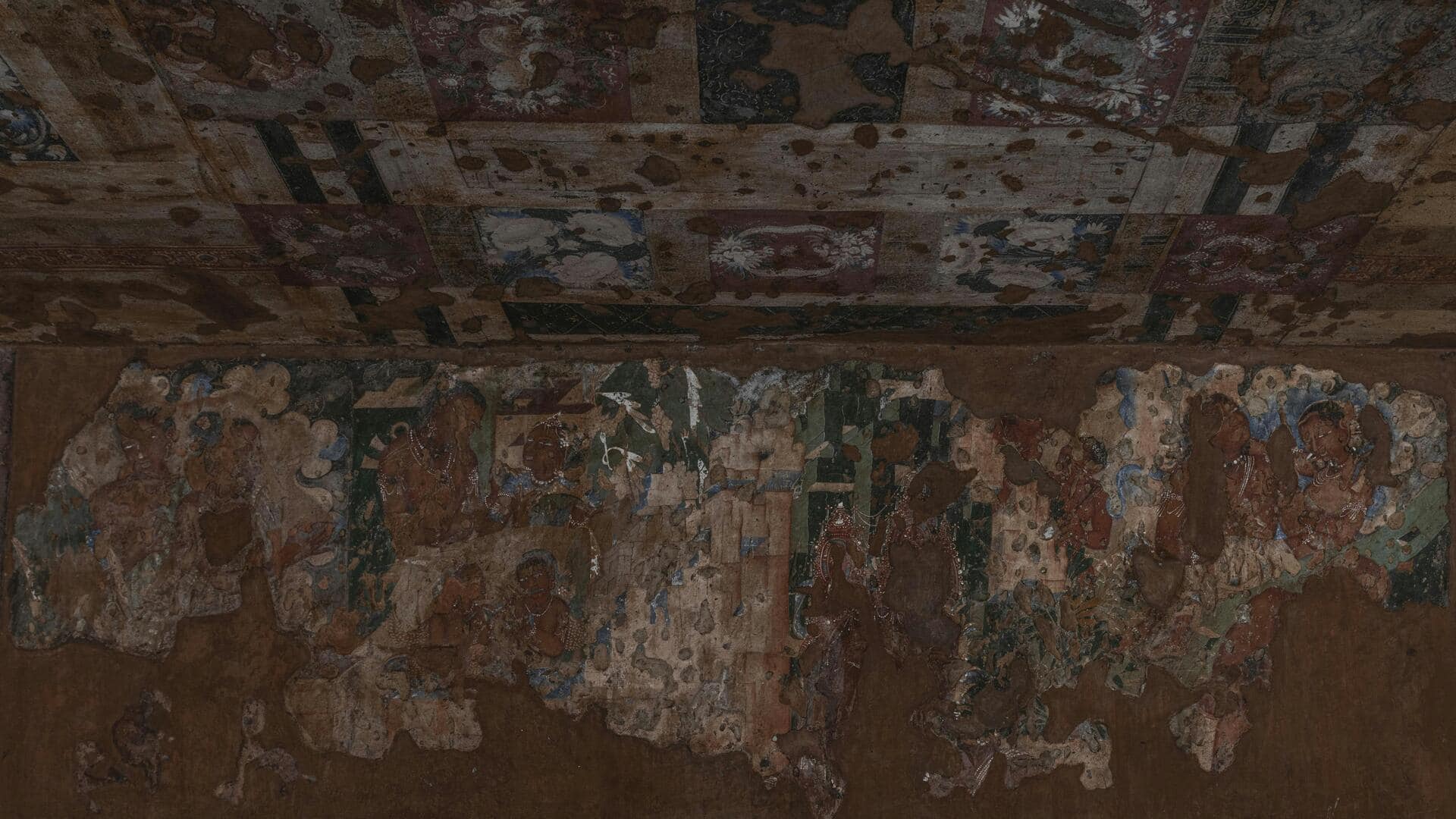
Ajanta murals: The eternal beauty of India
What's the story
The Ajanta Murals, located in Maharashtra, India, are a collection of ancient paintings that date back to the 2nd century BCE to the 6th century CE. These murals are famous for their intricate details and vivid colors, which depict various aspects of life and mythology. The paintings offer an insight into the cultural and historical context of the time, showcasing scenes from everyday life as well as religious narratives.
#1
Historical significance of Ajanta murals
The Ajanta Murals hold immense historical significance as they provide a glimpse into ancient Indian art and culture. Created during the reign of different dynasties, these paintings reflect the artistic styles and techniques of the time. They were rediscovered in the 19th century by a British officer, which brought global attention to their historical value.
#2
Artistic techniques employed in murals
The artists behind the Ajanta Murals employed various techniques to achieve the intricate details and vibrant colors. They used natural pigments derived from minerals and plants, which contributed to the durability of the colors over centuries. The use of shading techniques gave depth to figures, while precise brushwork highlighted facial expressions and movements.
#3
Themes depicted in Ajanta paintings
The themes depicted in Ajanta paintings are diverse, ranging from religious narratives to scenes from daily life. Many murals illustrate stories from Buddhist texts or depict figures like Buddha and Bodhisattvas. Other paintings show scenes of courtly life or agricultural activities, providing a comprehensive view of society during that era.
#4
Preservation efforts for Ajanta murals
Preservation efforts for the Ajanta Murals have been critical in keeping them intact for future generations. The Indian government has taken steps to protect these artworks by restricting access to certain areas within caves to control humidity levels that could damage paintings over time. Restoration projects have also been undertaken periodically to repair any wear or damage without compromising original artistry.